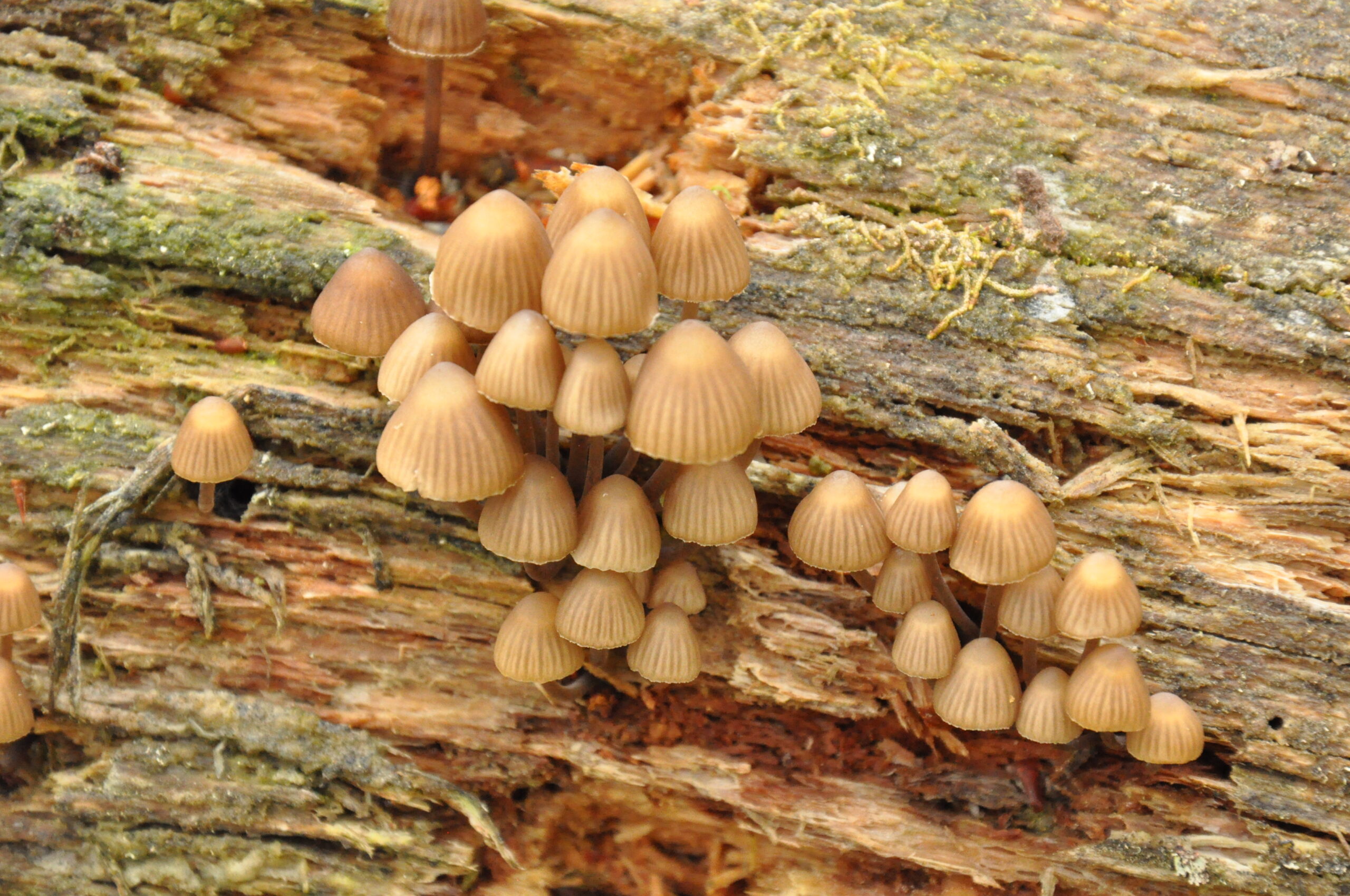Novel fungi study gives rare glimpse into “evolution in action”
A group of common mushroom species known as bonnets has given scientists a rare glimpse into “evolution in action”, according to a new study, supported by experts at The James Hutton Institute.
The study found that while bonnets, known scientifically as Mycena, in general, had large genomes – their total genetic code – some in the Arctic had the largest fungal genomes ever described.
What’s more, Mycena, turn out to have more diverse and active roles in the ecosystems they inhabit than previously thought. The generally held view that they only live by decomposing litter such as leaves and wood in forests has been overturned by the discovery that they are forming a wide range of symbiotic relationships with living plant roots, exchanging nutrients and sugars.
These findings, the study authors say, suggest that this otherwise quite innocuous species are demonstrating evolution in front of our eyes, a finding which could further our understanding of the natural world.
Dr Andy Taylor, senior molecular fungal ecologist at the Hutton, says, “Mycenas are usually seen happily living on litter or wood in our forests, but it turns out that they are much more versatile than that.
“What we may be seeing with some Mycena species is an ongoing evolution from fungi that live on dead material to a fungi that’s intimately associated, or symbiotic, with living plant roots, exchanging nutrients from the soil in return for sugars the plant creates from photosynthesis.
“The processes of evolution are often considered to be invisible and transitional forms where organisms are seen to be changing from one state to another are rare. But this may be exactly what we are seeing with the Mycena species – evolution in action.”
“The processes of evolution are often considered to be invisible and transitional forms where organisms are seen to be changing from one state to another are rare. But this may be exactly what we are seeing with the Mycena species – evolution in action”
Dr Andy Taylor, The James Hutton Institute

The study is the result of a significant collaboration between naturalists, mycologists and molecular biologists from seven countries using cutting edge scientific advances that gave unique insights into the dynamic evolving world of fungal biodiversity.
“The evolutionary transition from decomposer to symbiotic fungi is generally believed to have happened in parallel in several fungal groups throughout the course of evolution millions of years ago,” adds on of 28 co-authors on the study, Håvard Kauserud, of the University of Oslo, Norway. “However, with Mycena, we appear to be seeing this gradual process in action happening right in front of our eyes.”
Christoffer Bugge Harder, the lead author, also based at University of Oslo, says, “As a group, Mycena have simply used every possible known trick from the playbook to expand their genomes and apparently for multiple different purposes that are not obviously connected to their known, supposedly preferred lifestyle.”
The study involved generating new genome sequences for Mycena species and a related species now known as Atheniella floridula. The genomes were sequenced and annotated through the DOE Joint Genome Institute’s Community Science Program. The work is part of the 1000 Fungal Genomes project, which aims to explore genome diversity both across and within different groups of fungi.
The authors say the study findings also have important implications for efforts to understand an organism’s habits from their genome sequences alone.
“This serves as a reminder that one cannot always easily deduce the main ecology or lifestyle of a fungus just from sequencing their genomes,” say another co-author, Francis Martin of the INRAE and the University of Lorraine in Champenoux, France.
“This is quite important to remember in an age where DNA sequencing is becoming cheaper and cheaper and more and more ubiquitous while traditional hands-on organism knowledge is less widespread in younger generations of biologists and harder to obtain funding for.”
Press and media enquiries:
Elaine Maslin, Media Officer, The James Hutton Institute elaine.maslin@hutton.ac.uk, tel: +44 (0)1224 395076 or +44 (0)7977 805808.
